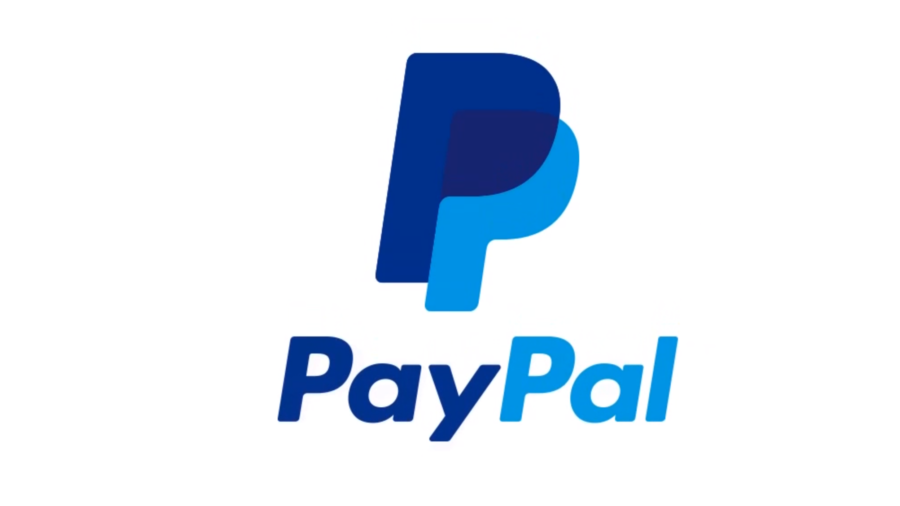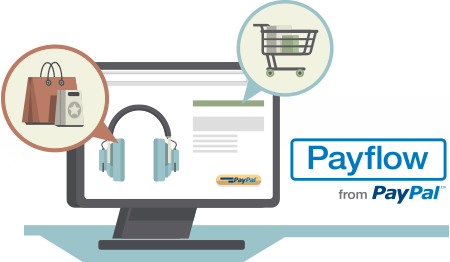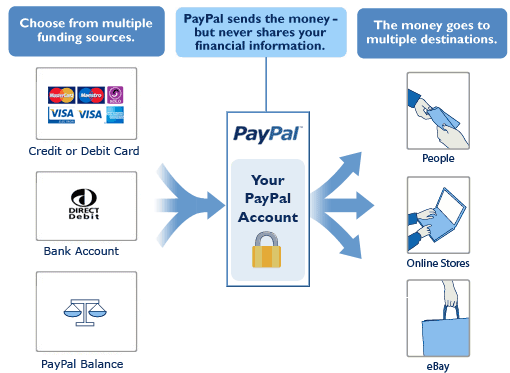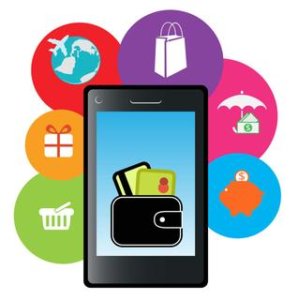- 2650 Views
- No comments

The business model of PayPal.com (PayPal), the market leader in e-payment services. It discusses in detail the transaction process involved in sending money electronically.
The case explains the types of user accounts of PayPal, the funds transfer mechanism, the user charges and the security systems employed by the company.
The case also briefly discusses the marketing initiatives of PayPal, the benefits of its business model and the challenges faced by the company.
PayPal Business Model
PayPal had a simple business model. Any person could become a PayPal member by filling in a small application form and registering with PayPal at its website (www.paypal.com) by giving some personal details…
It’s free to registering an individual or business account on PayPal . However, some special features and services like customized checkout page and same site payment are provided only to users who buy the Payments Pro business account of PayPal. The cost of payments pro account is $30 per month.

Types of Accounts
A user could open three types of accounts at PayPal’s website (www.paypal.com) – personal account, premier account, or business account. Personal accounts were meant for individual users to send and receive cash and purchase items online.
The Transaction Process
The registration process for any type of PayPal account was simple. The user had to fill an online registration form, giving details like name, mail address, and telephone number…
Transfer of Funds
The transfer of funds from the sender to the receiver could happen in three ways and depended upon the mode of payment chosen…
PayPal’s User Charges
PayPal did not charge a fee for customer-to-customer account transfers, which a significant portion of its account holders opted for…
Payflow
Payflow is the payment gateway service provided by Paypal. Its can be integrated into a website by anyone using a merchant account.

There are two plans which give different levels of customization for the online checkout pages:
- Payflow link: The free plan where the customer enters the payment details on a page hosted by Paypal.
- Payflow Pro: The premium plan which gives the user the ability to design his own checkout page. It is priced at $25 per month.
No matter what the plan is, Paypal charges a $0.10 gateway fee for credit card payments.
Strength
PayPal become popular because of its
- Simplicity opening an account can be accomplished in a few minutes
- Commission charges are modest, comparable to other Internet Payment Service providers (IPSPs) at low transaction volumes
- Online merchants do not need an Online Merchant Account, which can be difficult and /or expensive to acquire.
- Though still carrying the stigma of small business, PayPal is now accepted by large companies
- Viral marketing anyone receiving PayPal cash has to open an account
How does PayPal make money
PayPal makes money primarily by processing customer transactions on the Payments Platform and from other value-added services. Thus, the revenues streams are divided into transaction revenues based on the volume of activity or total payments volume. And value-added services, such as interest and fees earned on loans and interest receivable. As of 2017 PayPal generated over $13 billion in net revenues and almost $1.8 billion in net income.

You might not see PayPal’s business model as the most interesting one. Yet, the story of PayPal is compelling as this is the place where the so-called PayPal mafia was born.
This group of talented individuals would create among the most valued companies in the Silicon Valley. Let’s start with the deal that made this possible.
The financial information provided in this article is in no way meant as an investment advice. The financials are simply a way to dissect PayPal business model.
PayPal Marketing Strategy
The digital payment space brings in a different set of challenges in both developed and developing nations which can be affecting the growth of the company. Factors such as increasing per capital income of the customers, literacy rate, migration of people, automation in the financial industry, and the emergence of fin-tech firms, customers and merchants are finding it more convenient to use e-platforms and others mediums such as cards, POS etc.
Customer analysis in the Marketing strategy of Paypal- Customers of Paypal are the tech-savvy people who look for digital medium/ e-platforms for payment and receiving money from anywhere in the world. It provides merchants /B2Bfirms with an end to end solutions for authorization, settlement and instant access to funds.
Is PayPal secure?
Yes. PayPal uses the latest technology and proprietary procedures to protect the security of its transactions. PayPal automatically encrypts your confidential information in transit from your computer to theirs, and once your information reaches PayPal, it resides on a server that is heavily guarded both physically and electronically. In addition, PayPal never reveals your financial information to the people you pay.
Below are the Four Aspects to PayPal’s Current Growth Strategy:
Always at the Centre of the Next Innovation
PayPal is always at the centre of the next payments innovation. The pioneer of the e-commerce space is now attempting to make inroads in other aspects, including both mobile and in-store payments. PayPal competes in virtually every corner of payments, from its popular online platform to plug-in devices that enable first-time card payments to the relatively new beacon technology that has the potential to revolutionise the entire consumer shopping experience. There are certainly not many companies in payments today that have the breadth and depth of PayPal’s current offerings. The payments space today is changing fast and for all the emerging payments options on the market today, PayPal has a product to compete.
Bridging Digital and Physical Commerce
PayPal aspires to be at the centre of virtually every payment transaction, whether it unfolds online when the consumer is sitting in front a computer screen, via a mobile device when the consumer is on the go or in a physical retail store. It wants the end-consumer to opt for PayPal no matter the scenario. To do so, PayPal aims to build an agnostic platform that will allow retailers or software developers to leverage PayPal’s network programmes and hardware to create applicable products to capture these on-the-go payments. PayPal envisions consumers using a PayPal-enabled wallet for all payment transactions, regardless of if they occur through its popular online platform, via a mobile device or in a merchant’s bricks-and-mortar store.
From Digital Wallet to Mobile Wallet to No Wallet
For PayPal, it is not just about the shift from the leather wallet to the digital wallet on a mobile phone. In many cases, it is about no wallet at all. For PayPal, mobile payments or payments on the move are often not about the ability of the mobile phone to conduct a payment, but about the ability for consumers to make payments without having to rely on cash or plastic cards while mobile themselves. PayPal’s head of global communications went so far as in autumn 2012 to ask the media not to refer to PayPal as a “mobile payments or mobile wallet company, but just PayPal.” PayPal wants simply to be known as a commerce company. For PayPal, mobile payments or payments on the move is often not about the ability of the mobile phone to conduct a payment, but about the ability for consumers to make a payments without having to rely on cash or plastic card payments while mobile themselves.

Re-Imagined Consumer Shopping Experience
Part of PayPal’s biggest bet is on creating an in-store experience in which frictionless payments become the cornerstone. PayPal hopes this experience will be a major selling point for consumers who are still on the fence about executing payments through these new channels. Together, its revamped mobile wallet and the introduction of PayPal Beacon in autumn 2013 gave users insight into PayPal’s future vision. PayPal hopes that in time both merchants and consumers will recognise the value of its product line because of its ability to create a differentiated and frictionless payment experience across all channels, all devices and all methods of payments.
We Make It For You!
We make Apps. It’s what we do, really well. The Apps that look fantastic, and work beautifully. For iOS and Android If You Want to How to Make Create An App Build Like PayPal Know Development Cost Please Contact us
Map Heading Include Here
Recommended Articles
Our Happy Clients
We are so proud to serve these clients and to delight them with our service
Testimonials
We are trusted by Startups, Enterprise and Agencies.

Richard Stiff
Overall the work was complete to specification.Future work team has a great appreciat
Read More
Dave Jackson
Overall it was a great experience. Future work produced a world class product for us.
Read More
Charlie Bob
It was a fantastic experience. It showed great attention to detail and helped me bold
Read More






















